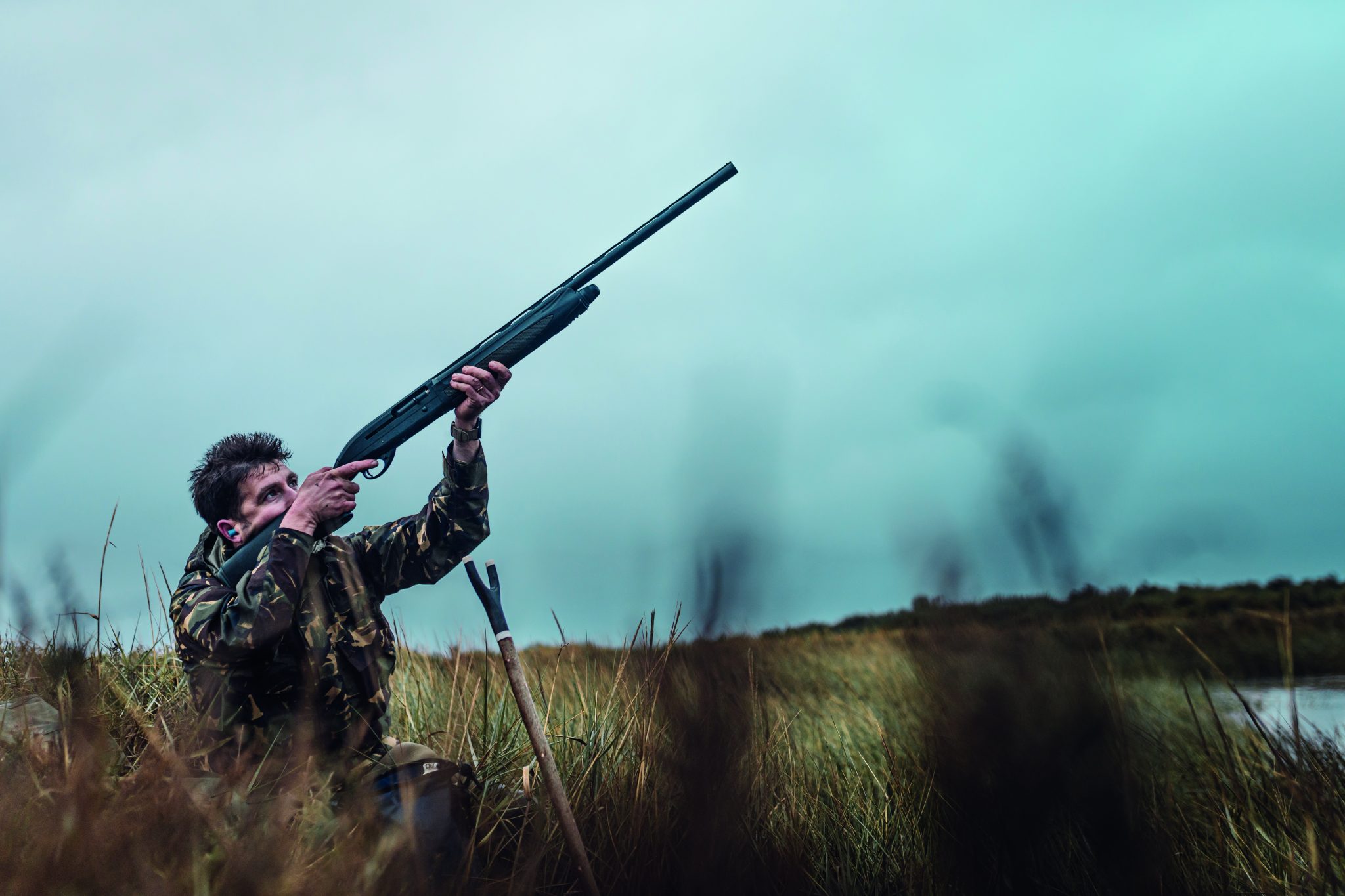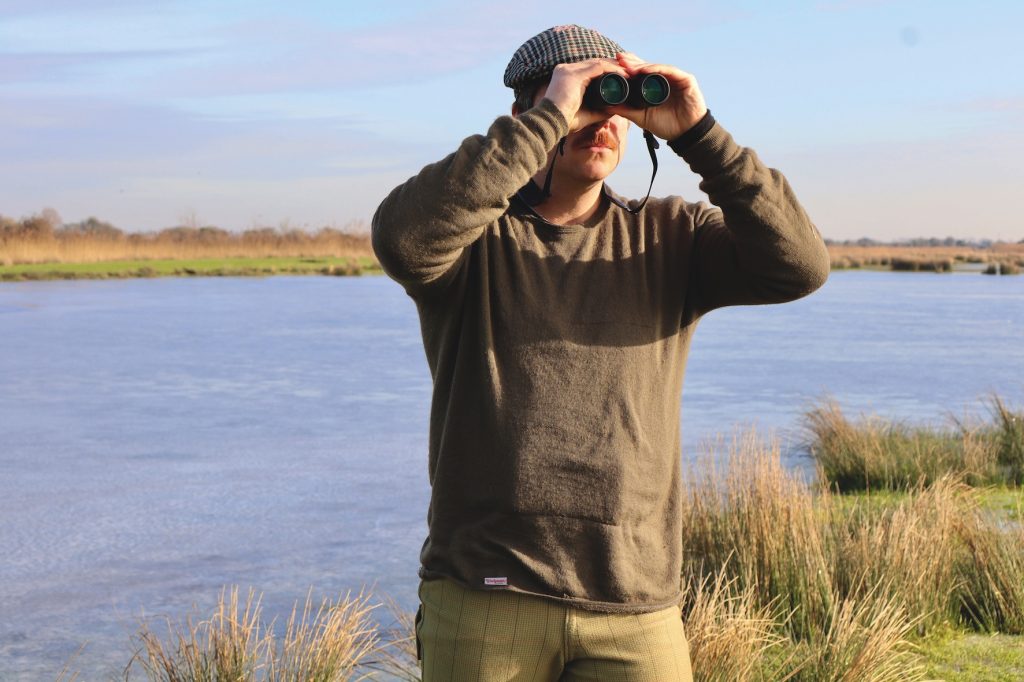Win CENS ProFlex DX5 earplugs worth £1,149 – enter here
How to use an air rifle for pest control
What do you do when grey squirrels, rats and corvids are robbing nests of eggs? You get out the airgun - and you lay in wait, as Mat Manning explains
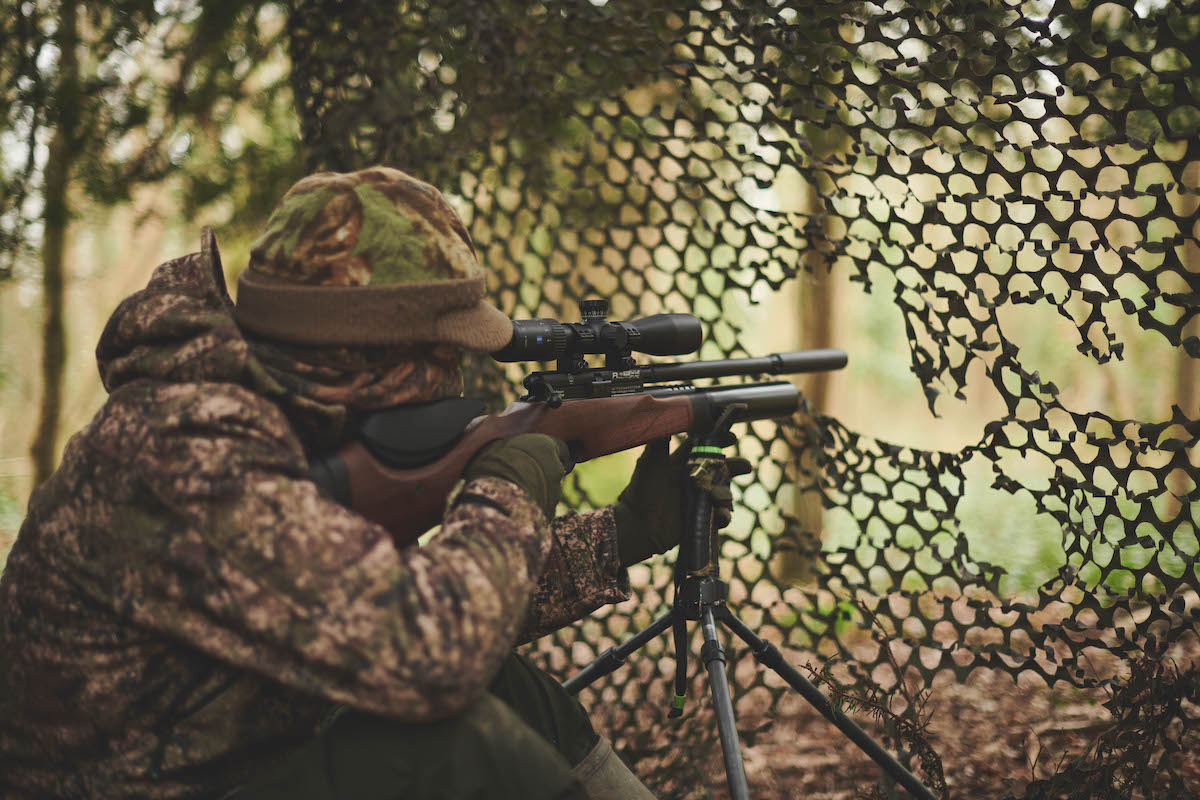 Countryman Squirrel Control With Mat Manning
Countryman Squirrel Control With Mat Manning
Follow the air rifle pest control rules and you can usefully rid an area of greys and rats. You’ll also find an air rifle a versatile ally, as it will often be able to go where you can’t use a shotgun. (Read our guide to the best air rifles under £600 suitable for live quarry.)
Control vermin effectively and you can rest assured that you are doing your bit to protect the local songbird population, who will be safer without predator pests around. (Read our advice on finding the best airgun pellets.)
Air rifle pest control is effective
Airguns are hushed and have limited power so they can be used in a confined space – like a garden – safely and more discreetly than a shotgun. Which makes them a useful and practical choice. You’ll probably find yourself reaching for your air rifle frequently when confronted with a pest issue. (Read our piece on how to use an airgun for rat control.)
Discreet and effective
You can go about your air rifle pest control work unobtrusively and quietly without attracting unwanted attention if you fit a good sound moderator to a modern PCP air rifle.

A sound moderator makes your work unobtrusive if you are using an air rifle for pest control
Keeping the law
It is crucial that you ensure you have a safe backstop. If a pellet strays beyond your land you are breaking the law. An airgun pellet will rip through a panelled fence. If the area you’re shooting just has hedging or flimsy panel fencing, set yourself up to take shots at a downward angle and safely into the ground. Or put a large concrete slab in place to use as a backstop.
However, if your boundary walls are constructed of stone or concrete they will stop an airgun pellet effectively, flattening the soft lead projective and sending it falling to the ground.
Getting quarry in the right place
The trick is to manoeuvre your quarry to a spot in front of such a backstop where the pest can be picked off without risk of ricochet.
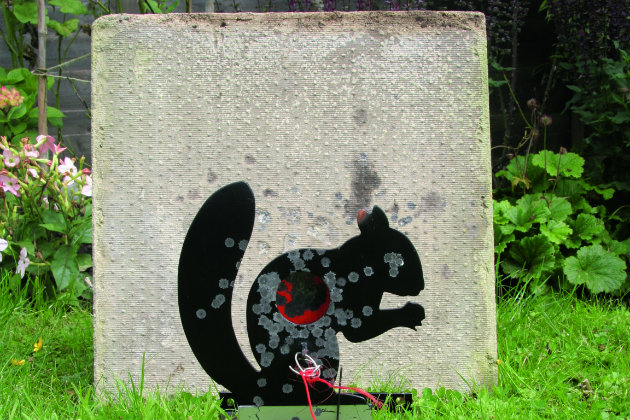
A large concrete slab makes for a reliable backstop
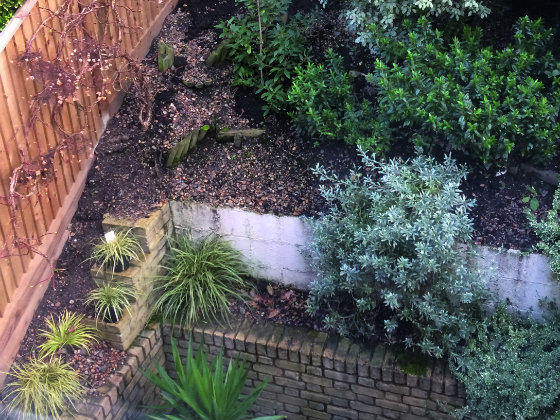
Garden pests: it is always a good idea to shoot from an elevated position so that the ground acts as a backstop
You can make the area in front of your safe backstop almost irresistible to squirrels and rats by putting a handful of peanut or birdseed there.
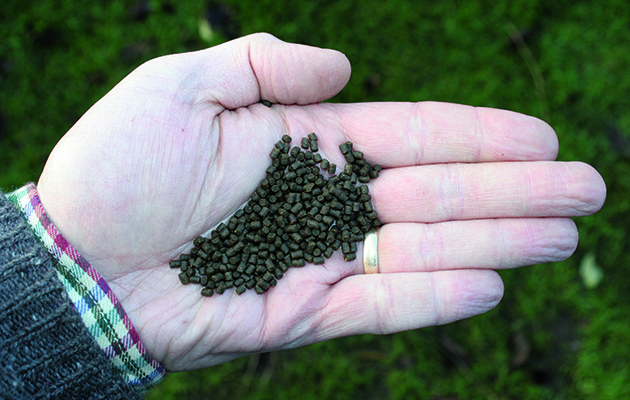
If you don’t want the hassle of using cat food, small fishing pellets will keep rats still while you take aim
What about shooting pests in trees?
The safety of any shot with any gun has to be considered on its own merits. There are times when it wouldn’t be safe to shoot a sub-12ft/lb airgun up into trees and other times when it could be perfectly safe to make the same shot with a high-power airgun. The key thing is to know what is behind your target and whether there is a safe fallout zone for your pellet. That said, I believe the risk becomes too great when using airguns producing 50ft/lb or more and firing heavyweight pellets or slugs at high velocities. My usual preference when using an FAC-rated airgun for shooting squirrels up in trees is 30ft/lb muzzle energy (relatively low by modern standards) with a 16-gr pellet. Although this set-up gives me more hitting power than a sub-12ft/lb airgun, the comparatively light pellets run out of steam much quicker than the heavyweight ammo often used with airguns churning out very high muzzle energy, making it far easier to work within a safe fallout zone.
How to get rats in an air rifle’s sights
I’ve used sweetcorn to attract rats when I was carrying out pest control for an angling club. The anglers told me the rats liked the sweetcorn they used for fishing baits so I used it to lure them to where I could take a safe shot. I accounted for several dozen large rats by night shooting with a scope-mounted lamp. Six years later the fishing lakes only have a couple of rats there now. Reports say that resident duck are flourishing as are a colony of water voles.
Vermin control for pheasant shoots
Rats and squirrels can seriously reduce the number of eggs and chicks produced by gamebirds. This is another area in which air rifle pest control plays a significant role.
Draw your quarry to where you want it so that you are near enough for a clean kill. Use safe backstops when necessary. Use grain to coax rats out of their holes.
Pheasant feeders usually act as magnets for grey squirrel activity but in late spring feeding ceases, which is frustrating as that is peak nesting season and the greys move their diet onto eggs.
I came up with a solution to this when I was called in to thin out grey squirrels in a wood where the owner fed large amounts of peanuts so he could watch the nuthatches and woodpeckers when they dropped in to feed. However the greys jumped the queue and ate the nuts first. The feeders made life easy for me — I just had to sit back and wait for the squirrels to arrive. It occurred to me that I could employ the same set-up on some of my other permissions. Landowners and keepers were quick to give me the nod, so I built some rather rustic feeding stations that not only benefit wild birds but also create “honeypots” for grey squirrels. By feeding them up for three of four days in a row, I can usually expect a steady trickle of greedy squirrels when I come back with my airgun.
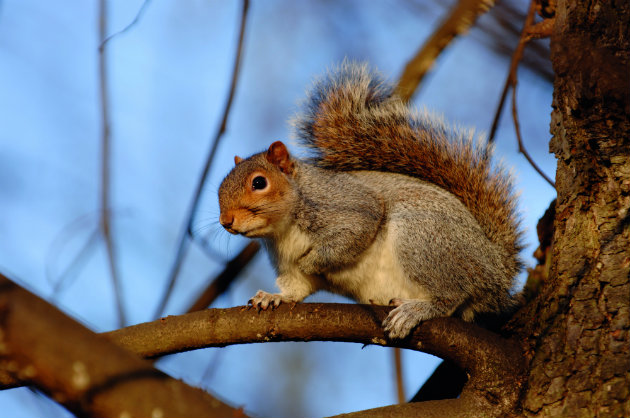
The RWS Z Lang is a suitable round for squirrels and rats
Air rifle pest control kill zones
Grey squirrels and rats
The head is the most reliable kill area for an air rifle when you’re aiming at grey squirrels and rats. Take them from the side and aim to land your pellet between the eye and ear. A .22 calibre will also produce clean kills with a strike to the heart and lung area, delivered from the side to strike just behind the shoulder. If a squirrel clings to a tree with its back to you, a shot between the shoulders will strike the heart and lung area.

The self-contained power plant on spring powered air rifles is very convenient but cocking can be difficult for smaller shooters
Should you use a spring-powered or PCP airgun for pest control? What’s best?
Q: I’d like to buy an air rifle for controlling rabbits and grey squirrels in our garden but I don’t really want a pre-charged model because I can’t be bothered with the hassle and expense of using charging gear. I’ve been told that spring-powered airguns are less accurate – are they suitable for humane pest control?
A: Spring-powered airguns aren’t necessarily less accurate than pre-charged models; they are just a little harder to shoot accurately.
The recoil caused by the motion of the spring and piston can cause quite a kick, which isn’t as easy to master as the comparatively dead action of a recoil-less pre-charged pneumatic.
That said, you should be able to shoot a decent spring-powered airgun very accurately with a little practice. The important thing is always to use the same hold and don’t squeeze the gun too tightly – allow the recoil to follow the same course every time and your pellet should always follow the same path to its target. Never try to rest a spring-powered gun on a hard surface such as a bench – the kick will make it bounce violently and pellets will stray off aim as a result.
Put in plenty of practice on paper targets and you will soon understand the performance of spring-powered air rifle pest control and get a measure of your own capabilities with it. Shoot within those self-imposed limitations and there is no reason why you shouldn’t be able to cleanly despatch rabbits and grey squirrels in the garden. (Take a look at our list of best air rifle targets for setting up a range at home.)
This article was originally published in 2014 and is kept updated.
Related Articles
Get the latest news delivered direct to your door
Subscribe to Shooting Times & Country
Discover the ultimate companion for field sports enthusiasts with Shooting Times & Country Magazine, the UK’s leading weekly publication that has been at the forefront of shooting culture since 1882. Subscribers gain access to expert tips, comprehensive gear reviews, seasonal advice and a vibrant community of like-minded shooters.
Save on shop price when you subscribe with weekly issues featuring in-depth articles on gundog training, exclusive member offers and access to the digital back issue library. A Shooting Times & Country subscription is more than a magazine, don’t just read about the countryside; immerse yourself in its most authoritative and engaging publication.



